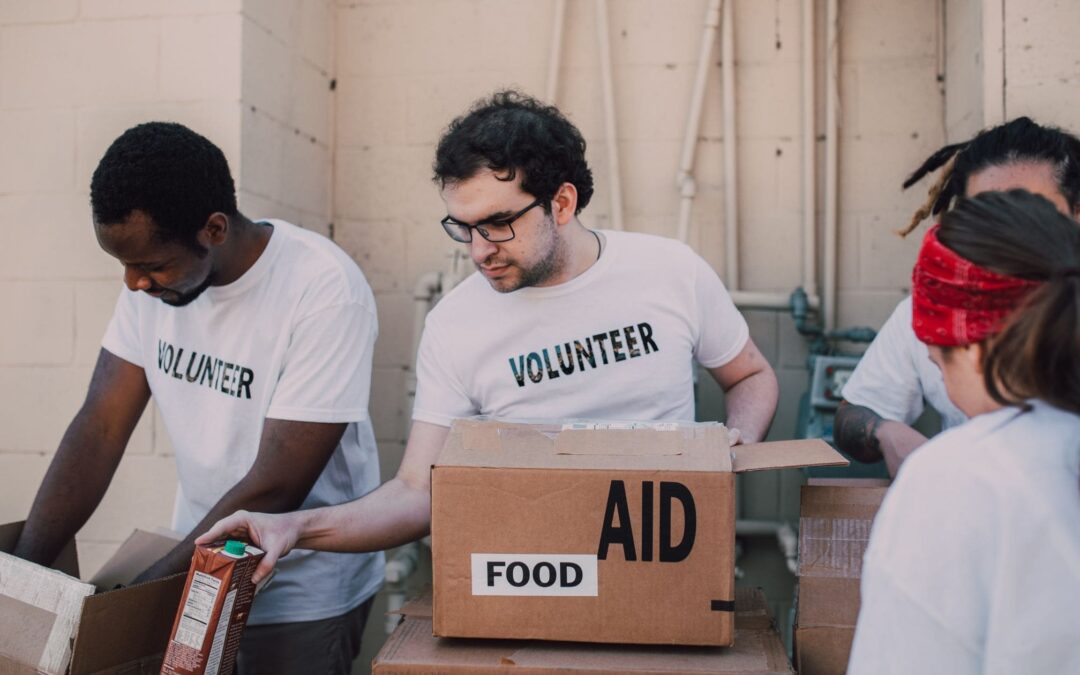There are few moments where philanthropy is more warranted than a time of crisis. From natural disasters and humanitarian crises to public health emergencies and economic downturns, crises can quickly render whole demographics vulnerable and desperate for various forms of aid.
Crisis philanthropy, therefore, stands as one of the most impactful forms of charitable action. Such initiatives strive for targeted, multifaceted philanthropy to lift up affected communities, instill a sense of normalcy and stability, and bolster recovery efforts for a brighter tomorrow. In the face of recent global disasters, such as COVID-19 and the ongoing violence in Gaza and Ukraine, crisis philanthropy has remained an ever-changing force for good.
Initially, crisis philanthropy was a predominantly localized concept, with communities pooling resources in response to challenges like famines or epidemics. These isolated efforts eventually led to the founding of large-scale humanitarian institutions like the Red Cross and the World Health Organization (WHO), which quickly found a beneficial niche amidst major wars, pandemics, and unprecedented natural disasters – all of which warranted more interconnected and widespread relief capabilities.
Throughout modern history, these initiatives have played a pivotal role in significant global crisis events like the Rwandan genocide, Hurricane Katrina, and the Syrian refugee crisis. As crisis philanthropy evolved to better encompass this wide range of disasters, related entities adopted several key characteristics and techniques that remain cornerstones of effective crisis action; these include coordinated collaboration between nonprofits, federal institutions, and businesses; sustainable recovery approaches to both remedy present challenges and circumvent future ones; and flexible, timely responses to ensure effective and well-paced fund allocation amidst an evolving situation.
Today, crisis philanthropy predicates itself on rapid, data-driven, and multifaceted responses aimed at delivering the most efficient aid possible. Along the way, philanthropic entities have become increasingly aware of the crucial balance between agility, foresight, and inclusion. Crisis initiatives must result from careful yet rapid planning, pursuing aid that is both far-reaching and equitable. For instance, following a natural disaster, philanthropists should stay cognizant of the potentially heightened strife of marginalized groups while enacting aid benefitting victims as a whole. This process includes diligent outreach to local donors, major organizations, and federal bodies to spread awareness and maximize output.
A recent example is the two-pronged need for crisis philanthropy and advocacy in 2020, which saw a global pandemic and increased calls for racial justice and systemic overhaul create unique urgency within the philanthropic landscape. This period, as summarized by a 2021 Indiana University study, impacted “nearly all aspects of philanthropic giving,” with donors, corporations, and nonprofits “altering their giving behaviors and choices … [and] developing creative channels to adapt to these challenges.”
Such efforts will remain paramount ahead of an increasingly uncertain future, constantly refining themselves to better navigate tomorrow’s tragedies, mitigate harm, and lift up those in need.

